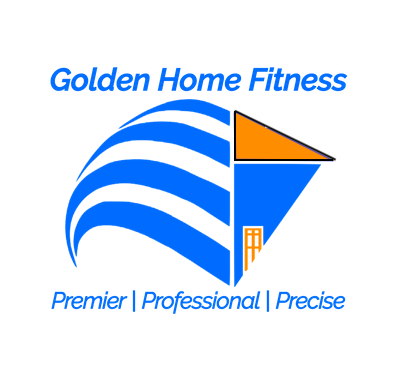How to Build Muscle Endurance, Flexibility and Muscle Tone
If you want to learn how to build muscle endurance, the best results will be achieved through aerobics. Aerobic activities include walking, running, jogging, cycling, swimming, plyometrics, and weight training.In this post, we're going to give you our Golden Home Fitness certified tips that will help you build muscle endurance and tone all at once.
Aerobic Exercise
Three to four hours a week of aerobics works your cardiovascular system and builds your endurance by improving heart and lung function, increasing your oxygen capacity and reducing your risk of heart disease.As your endurance increases, you’ll be able to exercise for longer, compounding the benefits.Note that there is a significant difference between strength and endurance-building exercises.Take weight training as an example. To build strength, you would use heavier weights but lift them less frequently. To build endurance, on the other hand, you would use lighter weights but perform more repetitions. A personal trainer will be able to help you differentiate these exercises and choose the ones that fit with your fitness goals.
Improving Muscle
Regular exercise increases muscle mass, adds muscle tone, and improves your posture as well. Your muscles tend to atrophy with age, getting shorter while the tendons begin to stiffen.The right exercise program helps to combat the aging effects on muscles and prevent injury.
Impact
We can divide aerobic activities into low impact and high impact. Low impact aerobic activities include walking, swimming, and step classes.Running, dance, tennis, and squash would be considered high impact sports, which means that performing these puts more stress on the joints. Most doctors advise you carry out high impact activities once every other day at most.Whatever exercise you take, always remember to warm up beforehand. And don’t exercise too vigorously.As a guide, if you can talk while performing aerobics, you’re working out at about the right intensity. Keep yourself hydrated and combine any fitness program with a nutritious diet.
Target The Right Muscles
A good personal trainer will advise you to target specific groups of muscles, according to your personal physiology. One of the most important sets of muscles is your core muscles, located around your lumbar spine and pelvis.Press-ups, sit-ups, side bends, and crunches are excellent exercises for building your core muscles.
Flexibility Training
Flexibility training allows you to work on your muscles through the use of stretching techniques. Following a tailored course of stretching exercises provided by your personal trainer will allow you to get the most from your muscles.Yoga at home is also great for stretching muscles, and it has the benefit of relieving stress through meditation and breathing techniques.Stretching exercises are especially good for the back, reducing stiffness and pain. All muscles can benefit from stretching, though. You'll find yourself suffering fewer cramps and injuries as a result.Doctors recommend that you perform stretching exercises for ten 12 minute sessions at least three times a week in order to follow through on how to build muscle endurance and flexibility simultaneously.
Wrapping Up
Remember not to overdo it. A workout that covers the right muscles for your needs, without putting a strain on your body, will have you feeling and looking great in very little time.If you need help finding the right balance, give Golden Home Fitness a call. Our trained experts will be glad to help. We'll come right to your door and work out a plan that suits your body and your lifestyle, too!
